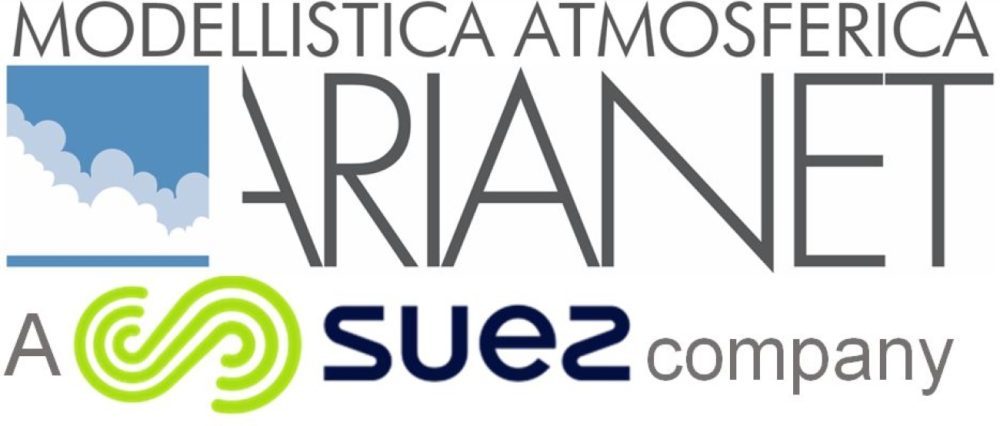One of the major innovations introduced by the European Directive 2008/50/EC, concerning ambient air quality and cleaner air in Europe (implemented in Italy by Legislative Decree 155), is the allowance for the use of modeling techniques to both integrate information from monitoring networks and assess the effects of emission control measures (such as remediation plans). The reliability and potential of numerical models for simulating pollutant transport and chemical transformation in the atmosphere have significantly increased in recent years due to advances in our understanding of atmospheric chemical-physical mechanisms, the availability of more comprehensive meteorological data and emission inventories, and the development of faster and more powerful computing resources.
The complex phenomenon composed of primary pollutant emissions produced by human activities and natural phenomena, their dispersion, and their transformation in the atmosphere is simulated by air quality numerical models using mathematical equations of varying complexity. The goal is to estimate the concentrations of different pollutants near the ground and at various altitudes within the troposphere (the layer of the atmosphere extending up to 10-12 km from the ground).
The results obtained can be used to better understand the various factors influencing public health and ecosystems: environmental policies, sources and modes of exposure, impacts on health and the environment. The components of an integrated system for evaluating the environmental and health effects of air pollution include: census data of the resident population, emission inventories, air quality monitoring networks, and atmospheric dispersion models. The implementation of such a system allows for the achievement of the following objectives:
- Assess the existing situation by constructing “pollution maps” that can cover areas where experimental information is not available.
- Evaluate the cause-effect relationship between emissions from a particular source and the pollution levels produced by it.
- Separate the contributions of different sources present in the area to the observed pollution levels (“source apportionment”), identify the most significant sources, and develop corresponding mitigation policies.
- Compare different “emission scenarios” and identify, through cost-benefit analysis, the most effective solutions for improving air quality.
- Assess the environmental impact of new projects (Environmental Impact Assessment procedures).
- Evaluate the impact of unmonitored or costly-to-detect pollutants.
- Predict critical pollution events caused by meteorological conditions particularly adverse to pollutant dispersion (calm winds, stagnation, recirculation) or by accidental events (fires, natural events).
